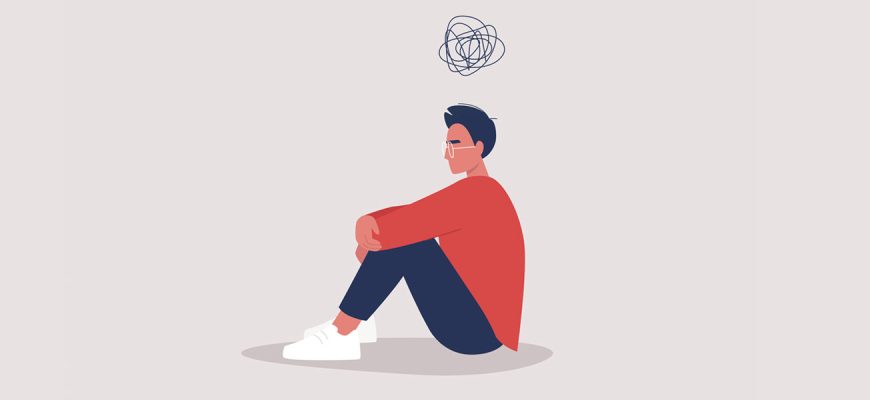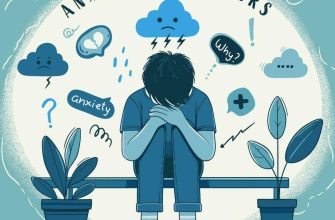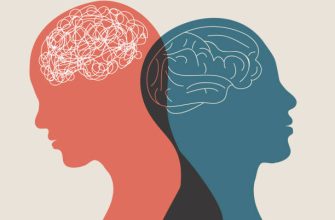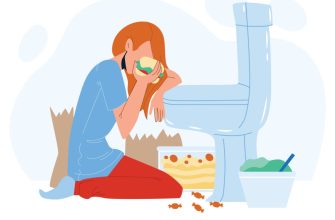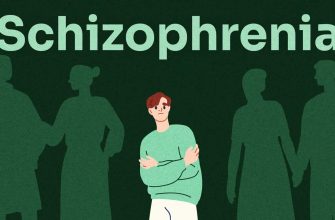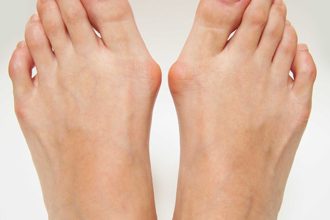Depression is a common and serious mental health disorder characterized by persistent feelings of sadness, loss of interest or pleasure in activities, and a range of emotional and physical problems. It can affect how a person feels, thinks, and handles daily activities and can interfere with a person’s ability to work, sleep, study, eat, and enjoy life.
How to distinguish depression from laziness: 7 key differences
1. Energy vs. Motivation
Laziness: There is strength, but there is no desire to do something (“I can, but I don’t want to”). Depression: Even simple actions (washing, cooking) require huge efforts (“I want to, but I can’t”).
2. Emotional background
Laziness: Feelings of guilt or annoyance due to procrastination, but the general attitude is neutral. Depression: Constant longing, feeling of hopelessness, “emotional pain”.
3. The pleasure of relaxation
Laziness: Relaxation brings joy (TV series, games, food).
Depression: Nothing makes you happy, even your favorite activities seem meaningless.
4. Physical symptoms
Laziness: There are no physical manifestations.
Depression: Insomnia/excessive sleep, changes in appetite, pain (head, back), chronic fatigue.
5. Social activity
Laziness: You can easily “turn on” if you have an incentive (friends invite you to the cinema).
Depression: Isolation even from loved ones, the feeling that “no one will understand anyway.”
6. Duration of the condition
Laziness: It goes away after a deadline or a motivational kick.
Depression: It lasts for weeks or months, regardless of external circumstances.
7. Self-criticism
Laziness: “I didn’t do anything today, I’ll catch up tomorrow.”
Depression: “I’m good for nothing,” “Everything is meaningless.”
What to do?
If you are lazy: Time management methods, clear goals, and a reward system.
If you’re depressed: Consultation with a psychotherapist/psychiatrist. Tests (hormones, vitamins D /B12, iron). Sleep patterns, walks, micro-goals (“getting out of bed is already a victory”).
- Historical Context
- Etiology and Causes
- Risks
- 1.Major Depressive Disorder (Unipolar Major Depression)
- 2.Chronic Depression (Dysthymia)
- 3.Depression in Bipolar Disorder
- 4.Seasonal Depression
- 5.Pregnancy-Related Depression
- 6.Psychotic Depression
- 7.PMS Depression
- 8.Non-Typical Depression (Atypical Depression)
- 9.Melancholic Depression
- Symptoms
- Diagnosis
- Treatment
- Changes in Treatment Methods
- Prevention
Historical Context
Depression, as a concept and affliction, has been recognized for centuries, with references appearing in ancient texts. The term “melancholia” was used in classical literature, and the understanding of depression has evolved through various historical perspectives, including spiritual and medical interpretations.
Etiology and Causes
The etiology of depression is multifactorial, involving a mix of genetic, biological, environmental, and psychological factors:
- Genetics: A family history of depression can increase the risk, suggesting a hereditary component.
- Biological: Neurotransmitter imbalances in the brain, particularly serotonin, norepinephrine, and dopamine, are believed to play a key role in depressive disorders.
- Environmental Influences: Stressful life events (e.g., loss of a loved one, financial problems), trauma, and chronic stress can trigger depression.
- Psychological Factors: Certain personality traits, such as low self-esteem or a tendency towards negative thinking, can predispose individuals to depression.
Risks
- Family history of mental health issues
- Significant life changes or chronic stress
- Medical conditions (e.g., chronic illnesses like diabetes or heart disease)
- Substance abuse
- Trauma or abuse history
Types
1.Major Depressive Disorder (Unipolar Major Depression)
A major depressive episode is manifested by having at least 5 of the following 9 symptoms for at least 2 weeks.One of the symptoms should be either feeling depressed and unhappy, or a loss of interest in loved activities.
- Feeling down and unhappy most of the day
- Decreased or complete loss of interest in most or all of the activities that the person normally enjoys
- Decreased or increased sleep compared to normal sleep routine
- Decreased appetite, significant weight loss, or increased appetite, weight gain
- Slowing or agitation that can be observed by others
- Fatigue or decrease in energy
- Decreased ability to concentrate, think or make decisions
- Thoughts of worthlessness or excessive or inappropriate guilt
- Repeated thoughts of death or suicide or attempted suicide.
Note: In order to call it major depression, symptoms must not be due to a substance or a general medical condition. In addition, complaints should cause deterioration in the efficiency and functionality of the person with significant distress.
2.Chronic Depression (Dysthymia)
- Have at least 3 of the following symptoms for at least 2 consecutive years. One of the symptoms should be feeling depressed and unhappy:
- Feeling down and unhappy most of the day
- Decreased or increased appetite for most days
- Decreased or increased sleep compared to normal sleep routine
- Fatigue or decrease in energy
- Decrease in self-worth
- Impaired concentration or decision making
- Hopelessness.
Note: Symptoms are not as severe as in major depression. There may be periods without symptoms during the course of chronic depression, but this period may not exceed 2 consecutive months over a period of 2 years (or longer). Chronic depression, along with significant distress, causes impairment in a person’s productivity and functionality.
3.Depression in Bipolar Disorder
In bipolar disorder, formerly known as’ manic-depressive disorder ‘, the patient is caught between two different mood states (mania and depression). During the mania period of the disease, there are symptoms such as insomnia, excessive cheerfulness, excessive mobility. During the depression period, classic depression symptoms such as unhappiness, depression, and decreased interest in loved activities are seen. If there is a history of mania or hypomania (a milder form of mania) in patients presenting with depressive symptoms, the diagnosis is bipolar depression. If there is no history of mania or hypomania, the diagnosis is major depression.
4.Seasonal Depression
It refers to the fact that the onset of major depressive episodes in the last 2 years coincides with a certain time of the year. In addition, the control of the disease occurs at a certain time of the year, for example, the periods can begin in the fall and end in the spring.
5.Pregnancy-Related Depression
It refers to the onset of an episode of depression during pregnancy or within 4 weeks of giving birth.
6.Psychotic Depression
Psychotic traits include delusions (false beliefs) and hallucinations (false sensory perceptions) that can occur at any time during a depressive episode.
7.PMS Depression
It is manifested by emotional and behavioral symptoms that appear during the week before the onset of menstruation and regress with the onset of menstruation or a few days after the onset of menstruation. It negatively affects the person’s quality of life.
8.Non-Typical Depression (Atypical Depression)
Have at least 3 of the following symptoms during the depressive period. At least one of the symptoms is feeling better in positive events that you will enjoy:
- Feeling better about positive events you will enjoy
- Increased appetite or weight gain
- Excessive sleep according to normal sleep routine (for example, sleeping at least 10 hours a day or sleeping at least two hours more than normal when not depressed)
- The pattern of long-standing interpersonal rejection sensitivity that causes social or professional conflicts (i.e., feeling deep anxiety, humiliation, or anger at the slightest rejection from others).
9.Melancholic Depression
Have at least 3 of the following symptoms during the depressive period. At least one of the symptoms is either loss of pleasure or lack of response to positive stimuli.
- Decreased or inability to enjoy most or all of the activities that the person normally enjoys
- Not being able to feel better even in positive events that you will usually like
- Feeling depressed and unhappy, manifested by deep despair or pessimism
- Waking up early in the morning (for example, 2 hours before normal waking time)
- Inactivity or agitation (restlessness)
- Anorexia or weight loss
- Excessive guilt feeling.
Symptoms
- Persistent sadness or low mood
- Loss of interest or pleasure in activities once enjoyed
- Changes in appetite or weight
- Sleep disturbances (insomnia or oversleeping)
- Fatigue or loss of energy
- Feelings of worthlessness or excessive guilt
- Difficulty concentrating or making decisions
- Psychomotor agitation or retardation
- Thoughts of death or suicide
Diagnosis
Depression is typically diagnosed based on patient history and reported symptoms. Health professionals often use standardized criteria from the DSM-5 (Diagnostic and Statistical Manual of Mental Disorders) or the ICD-11 (International Classification of Diseases). A thorough mental health evaluation may involve interviews, questionnaires, and possibly physical exams to rule out other medical conditions.
Treatment
- Psychotherapy: Various forms of therapy (e.g., Cognitive Behavioral Therapy, Interpersonal Therapy) are effective for many individuals.
- Medications: Antidepressants (e.g., SSRIs, SNRIs) are commonly used. The development of new medications continues, with a focus on minimizing side effects.
- Lifestyle Changes: Regular physical activity, a healthy diet, and good sleep hygiene can help alleviate symptoms.
- Alternative Treatments: Mindfulness, meditation, and other holistic approaches can complement traditional treatment.
- Neuromodulation Therapies: Techniques like Transcranial Magnetic Stimulation (TMS) and Electroconvulsive Therapy (ECT) are used for treatment-resistant depression.
Changes in Treatment Methods
- Early Treatments: Historically, depression was treated through various means, including herbal remedies, religious practices, and institutionalization.
- 20th Century Developments: The introduction of psychoanalysis and psychotropic medications revolutionized treatment methods, moving away from more drastic measures.
- Modern Approaches: Since the late 20th century, an emphasis on evidence-based treatments, the integration of psychotherapy with pharmacotherapy, and innovations in technology (like telehealth and online support tools) have become prominent
Prevention
- Building strong social networks
- Managing stress through healthy coping techniques
- Maintaining a balanced diet and regular exercise
- Seeking early intervention when experiencing symptoms
